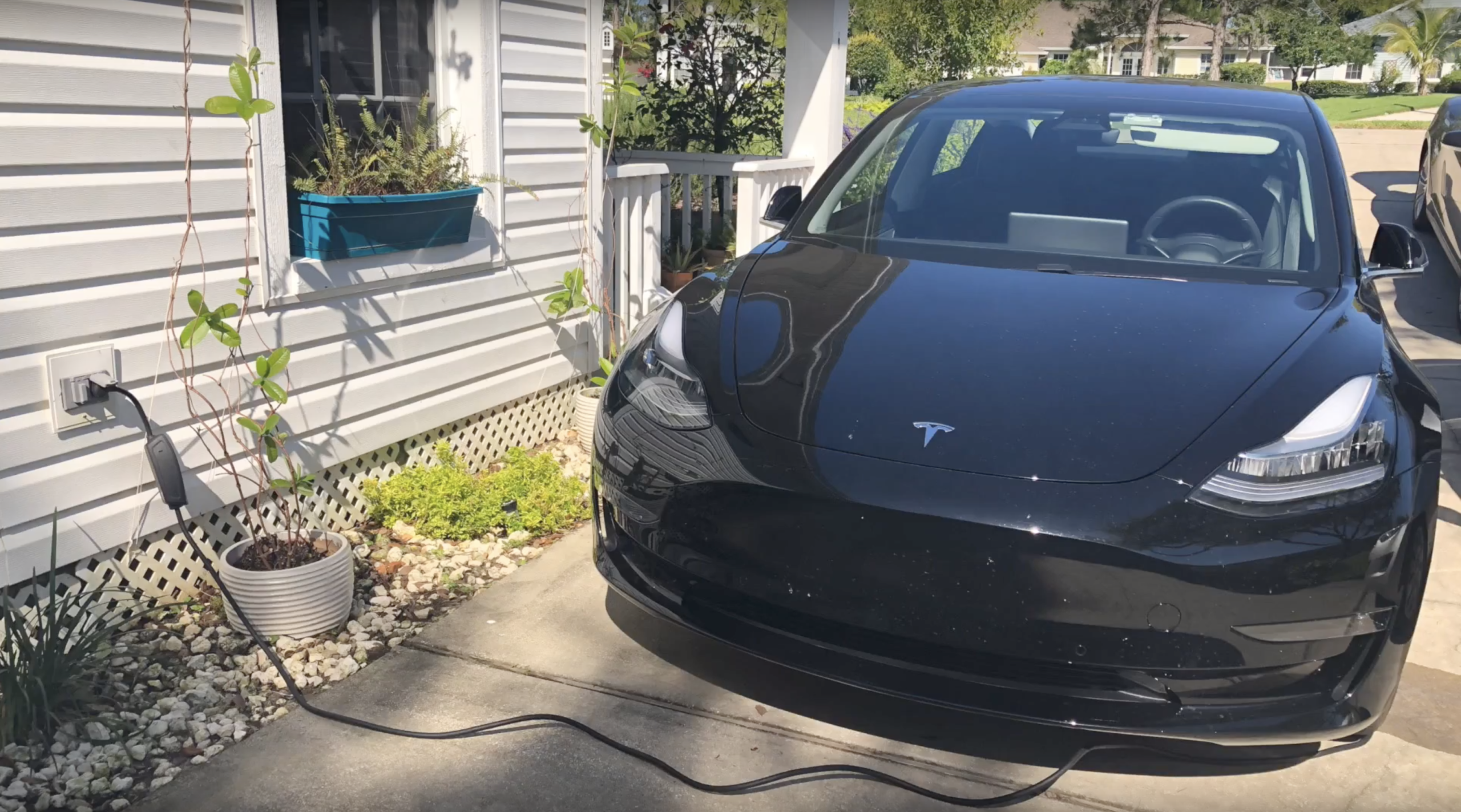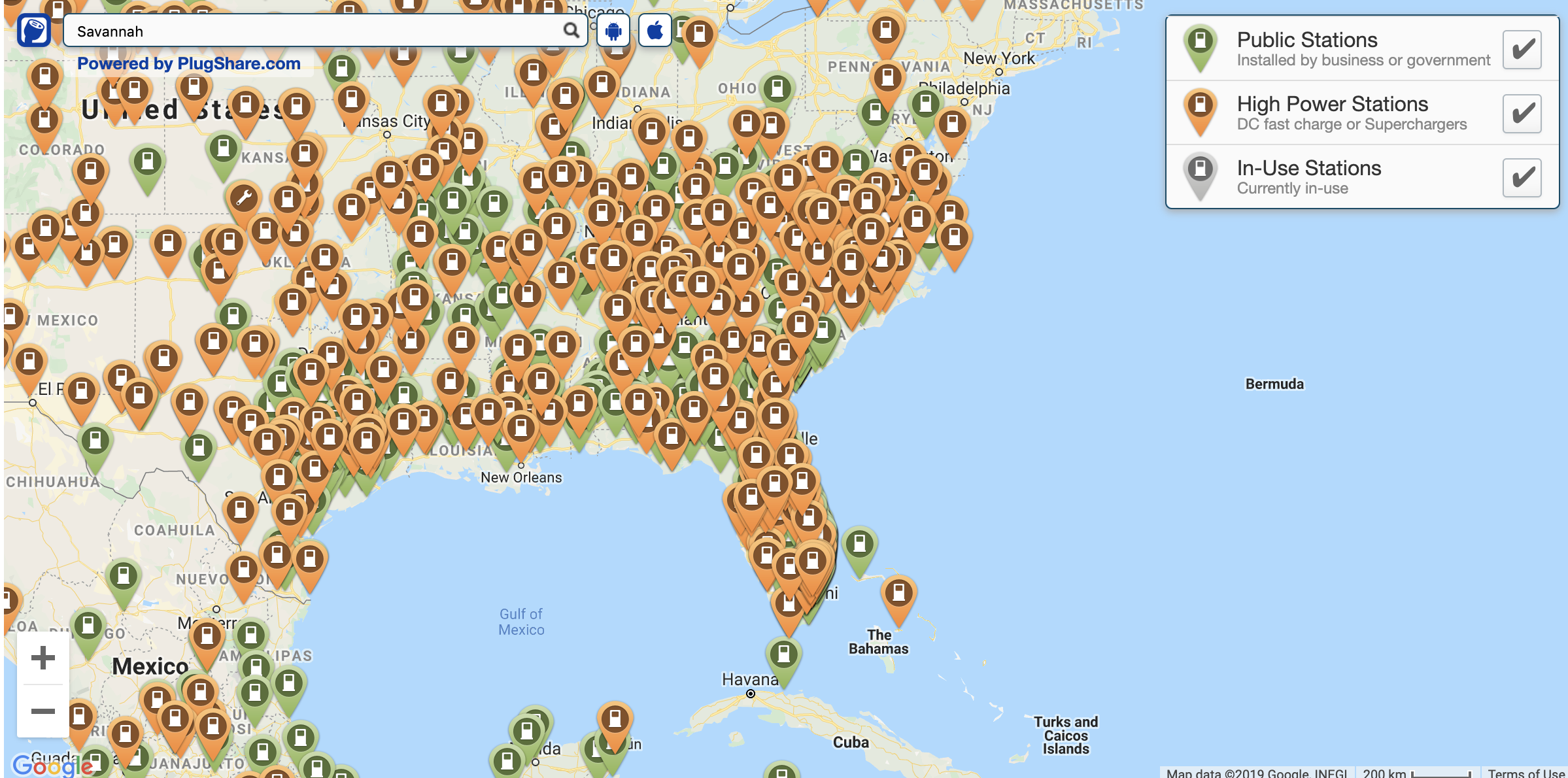
New Technology; You’ve Done This Before
Change can be challenging, even when it’s really good. Remember all the little things you had to learn when you got your first smartphone, like how you dropped several calls before you got the hang of swiping the screen to answer it? It’s easy to laugh about them now, but two things are abundantly clear:
- The “learning curve” for new technology can be extremely frustrating, but…
- Given a choice, you’d never go back to your flip phone or (horror of horrors!) landline.
EVs are a lot like that: the little mental adjustments they require can be frustrating when you’re on the steep end of the learning curve. But once you get the hang of them you realize they offer a plethora of benefits:
- They can save you huge amounts of time and money.
- They’re more enjoyable to use than the internal combustion vehicles (ICVs) they replace.
- They’re better for the environment, public health, the economy, national security, and world peace.
- The longer you drive them, the more you realize that they present opportunities you hadn’t even thought about before.
So let’s think of EVs as giant cellphones on wheels. People who don’t yet own them tend to have a lot of trepidations about charging, range, and power.
When You Need a Charge
Many people considering an EV worry about how and where they would charge one. Just remember, though, internal combustion vehicles generally require that you travel to buy fuel that likely crossed oceans to get to the pump. On the other hand, every electric socket has the potential to charge an EV and, though it’s possible the electricity may have traveled a long way getting to that socket, it can come from a variety of sources, perhaps as close as the sunshine hitting the roof!

So, just like charging your cellphone, you generally don’t have to go anywhere particular to charge an EV. For the majority of EV drivers, most charging happens at home: upwards of 80%. Charging at workplaces is becoming more common all the time. Public charging along highway corridors and at destinations supports long-distance travel by EV as well.
EVs Go the Distance
In the North American market, personal vehicle ICVs typically carry enough fuel to go about 350 miles on a full tank. Only a few current model EVs can travel that far on a full charge and the ones that can are expensive. But let’s not compare apples to bowling balls. Charging at home means you can leave with a “full tank” every morning. On the vast majority of days, most of us only need enough range to go to work, make a few side trips, and have a little cushion to ensure we can get home. Extensive research has indicated that pure battery EVs (BEVs) with as little as 75 miles of range could replace large numbers of ICVs, even in the total absence of public charging. Workplace charging could substitute for home charging or would cut the range requirement roughly in half for drivers with access to both. Alternatively, plug-in hybrids (PHEVs) can provide most of the benefits of electrification with even smaller battery packs, substituting the gasoline engine back up in place of longer BEV battery range and away-from-home charging.
But what about BEV drivers who live in apartments, or don’t have dedicated parking near home, or whose employers don’t yet provide charging access? How do they find public charging? Easily with a resource like PlugShare, which is available as a website and a free smartphone app. PlugShare shows not only the location of public chargers, but also lists the types of plugs, networking arrangements, and cost (if applicable). Many public chargers are free, installed by grocery stores, malls, hotels, and others to attract your business. That’s an indicator of how inexpensive EV charging really is. Imagine how quickly those companies would go bankrupt if they gave away full tanks of gasoline.

People also tend to obsess about charging time. But this is another area where we need to think of EVs more like cellphones that we already plug in each night, and less like ICVs which require us to stop our days for fuel. For all practical purposes, charging an EV takes twenty seconds: ten to plug it in, and ten to unplug it. In between, you’re doing something else: eating, sleeping, shopping, working, etc. Re-energizing your car only demands your full attention the entire time when that energy is an explosive fluid like gasoline, which might spill and wreak havoc if you’re not extra careful.
There is one major exception to charging time: on road trips, you can refuel an ICV faster than you can recharge an EV. But we need to keep things in perspective. First, many people fly when taking long trips. Second, even those of us who drive long distances need breaks for food and restrooms. Direct current (DC) fast charging (to be discussed in the next installment of this blog series) doesn’t necessarily add much more time to a trip above the stops forced on us by biology.
The Electric Cannonball Run
Many auto enthusiasts (and B movie fans) have heard of the Cannonball Run. Begun in 1971 as a protest against stricter traffic laws, participants race against the clock from the Red Ball Garage in New York City to the Portofino Inn in Redondo Beach, CA driving more than 2,800 miles on public roads. The total time door to door is all that counts. With the recent build-out of the Tesla Supercharger network, EVs are making their own Cannonball Runs and new EV records were set twice last summer. For ICVs, the Cannonball Run has always been an outlaw affair, with highly illegal speeds needed to set the record. The current EV time of 45 hours 16 minutes, achieved 31 July – 2 August 2019, required driving well above the speed limit (not something we encourage or endorse!). However, the previous EV record of 48 hours 10 minutes, set two weeks earlier (12-14 July) by Lars Thomsen, Betty Legler, and their daughter Robin was achieved at “normal” speeds through good planning and consistent execution. Google Maps shows a legal driving time of 42 hours, so the family’s 19 Supercharger stops took an extra six hours in total, or about 20 minutes every 2.5 hours.
As it happens, I have personal experience with a similar cross country road trip. In 1970, and again in 1971, my family went from Roanoke, VA to Berkeley, CA and back. On both occasions, the 2,700-mile westbound leg was done like a legal Cannonball Run. The first time took 53 hours, the second 51. Both trips were grueling. Hardly anyone I know has done anything remotely similar. Nonetheless, the Thomsen / Legler family went 100 miles farther in their EV, in three fewer hours.
So much for the inherent inconvenience of EV charging
If we want to talk about wasted time, let’s instead consider the ten minutes spent at gas stations twice a week, instead of twenty seconds a day plugging in. Don’t forget two or three oil changes a year, at half an hour apiece if you’re lucky. And, most importantly, all the time you’d have to work to earn the $1,000 per year you could be saving by driving an EV instead of an ICV. EVs don’t waste time – they save it, in copious quantities.
Read Part One of the series, “Demystifying EV Charging: Pre-School – ABC, Do-Re-Mi.”
Read Part Two of the series: “Demystifying EV Charging: Elementary, My Dear Watts-In”
Read Part Three of the series: “Demystifying EV Charging: High School Not So Confidential”
Read Part Four of the series: “Demystifying EV Charging: College – Spring Break Road Trips!”
 Note about this blog series author: In a four-decade automotive engineering career focused on energy and emissions, Dave developed vehicles using gasoline, diesel, biodiesel, alcohol, natural gas, electric, and hybrid-electric powertrains. From 1995 to 2004, he created and taught a three-day professional development short course on “Design of Hybrid Electric Vehicles” for the Society of Automotive Engineers. He is the author of Chapter 1 of “Driving to Net 0: Stories of Hope for a Carbon Free Future,” a collection of 15 first-person accounts of families pursuing sustainability by combining solar houses with electric vehicles and a volunteer with the Southern Alliance for Clean Energy.
Note about this blog series author: In a four-decade automotive engineering career focused on energy and emissions, Dave developed vehicles using gasoline, diesel, biodiesel, alcohol, natural gas, electric, and hybrid-electric powertrains. From 1995 to 2004, he created and taught a three-day professional development short course on “Design of Hybrid Electric Vehicles” for the Society of Automotive Engineers. He is the author of Chapter 1 of “Driving to Net 0: Stories of Hope for a Carbon Free Future,” a collection of 15 first-person accounts of families pursuing sustainability by combining solar houses with electric vehicles and a volunteer with the Southern Alliance for Clean Energy.
#EVChargingSeries

